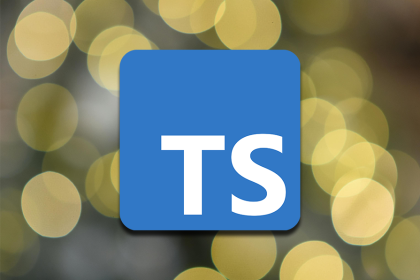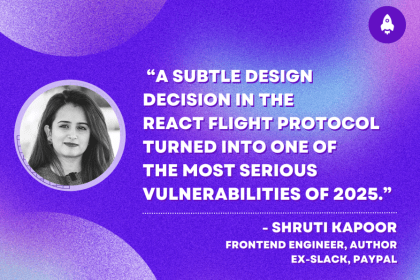
Learn when to use TypeScript types vs. interfaces, with practical guidance on React props, advanced mapped and template literal types, performance tradeoffs, and common pitfalls.

A hands-on comparison of five AI coding CLIs, tested by building the same React Todo app.

Discover what’s new in The Replay, LogRocket’s newsletter for dev and engineering leaders, in the December 17th issue.

Shruti Kapoor breaks down the React2Shell exploit and discusses lessons that dev teams can take away from one of the biggest security events of the year.
Hey there, want to help make our blog better?
Join LogRocket’s Content Advisory Board. You’ll help inform the type of content we create and get access to exclusive meetups, social accreditation, and swag.
Sign up now
2 Replies to "How to protect your Node.js applications from malicious dependencies"
This method is good for standard methods, but do you know what is a good way to block calls at the system level? When calls reach the v8 engine or uv, it should be able to implement a gating mechanism where the user can be asked consent.
This model is similar to android apps where we are told the permissions that the app requires in advance, and any additional access is denied till the user explicitly approves it.
I actually created a library that does something very similar to this, but uses a more sensible approach for permissions. It also differentiates between 1st/3rd party code so that your main application doesn’t have to jump through hoops https://github.com/yaakov123/hagana